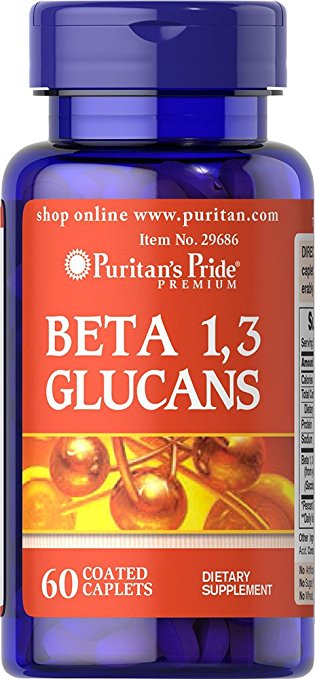
Since serum BB concentrations will not be available in the ED, there are other important labs to help rule out other toxicologic etiologies.ĮKG, fingerstick glucose, CBC, CMP, ABG, urine drug screen, acetaminophen, and salicylate levels. Respiratory depression with bronchospasm. Calling the patient’s pharmacy or any helpful EMR retrieving tricks can pay dividends.īradycardia and hypotension are most common initially -> progression to myocardial depression and cardiogenic shock.Īltered mental status (delirium, coma, seizures) can happen any time but are more commonly with hypotension (more common in propranolol due to lipophilicity). Law enforcement might have to be utilized to go to the patient’s place of residence to acquire the medication bottles if the patient is incapacitated or not being forthright. specific agent, amount ingested, time of ingestion, any co-ingestions like calcium channel blockers (CCBs are profoundly bad). In extended release medications symptoms can be delayed up to 24 hours.Īs with any ingestion, it is critical to find out the following (relying heavily on family members, friends, and EMS): The most severe overdoses are seen in propranolol, acebutolol, betaxolol, and sotalol (all have significant membrane stabilizing activity).Īverage half-life of immediate release BB is 2-8 hours. The presence of membrane stabilizing activity has the greatest influence on adverse cardiovascular effects. In general, each BB agent slightly differs in their membrane stabilizing activity, lipophilicity, and selectivity. It also means they are more amenable to lipid emulsion therapy. This allows them to rapidly cross the blood-brain barrier. Some BB possess high lipid solubility (e.g. Receptor activation = lipolysis.Īll BB antagonize the beta receptor on the cell surface, decreasing cAMP. Receptor activation = bronchodilation and vasodilation.īeta-3 : adipose tissue and heart.

Receptor activation = increased inotropy, chronotropy, and AV conduction.īeta-2 : bronchial smooth muscle and peripheral smooth vascular muscle.

However, remember at toxic doses selectivity is lost & BB antagonize all 3 types.īeta-1 : heart muscle. BB can be selective (Beta-1, like metoprolol) for some of these or are nonspecific, like carvedilol or propranolol. Propranolol was the most common BB overdose.īeta receptors are sympathomimetic receptors found throughout the body. The vast majority of cases are unintentional (~80%), and 10% of total cases were deemed as moderate-major outcomes. Millions of Americans are on these medications, and although they are very well-tolerated, toxicity is associated with substantial morbidity and mortality. Peer Reviewers: Travis Smith, DO, Sean O’Sullivan, MDīeta-blockers (BB) have a long history of treating a variety of diseases.


Want to experience the greatest in board studying? Check out our interactive question bank podcast- the FIRST of its kind here:


 0 kommentar(er)
0 kommentar(er)
